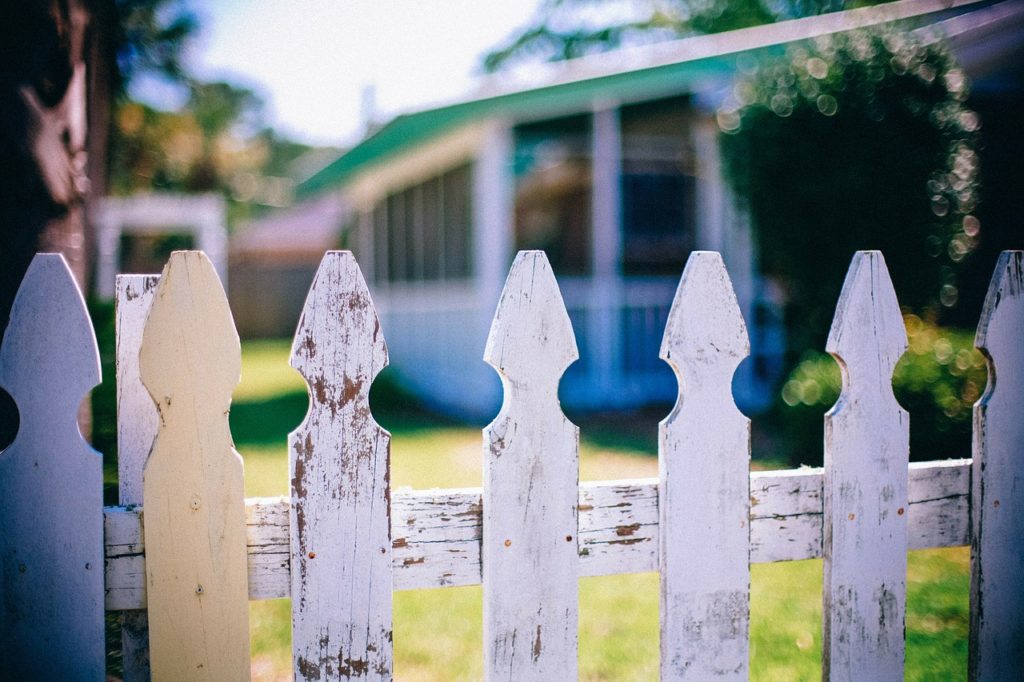Americans are living with their parents and grandparents at record levels, even though the Great Recession is now a thing of the past, according to a new analysis of census data from the Pew Research Center.
In 2014, a record-high 60.6 million people lived with multiple generations in one household, according to the analysis. That number accounts for nearly one in five Americans.

What’s more, multigenerational family living is increasing among almost all racial groups in the United States, among all age groups and among both men and women. Multigenerational family living is defined as a household that includes two or more adult generations, or one that includes grandparents and grandchildren.
The share of the population living in this type of household reached 21% in 1950 and fell to 12% in 1980, according to Pew, but then increased sharply during and right after the Great Recession between 2007 and 2009.

One factor contributing to the rise in multigenerational living is increasing racial and ethnic diversity in the U.S. population, Pew notes. That’s because Asian and Hispanic populations are growing faster than the white population, and they’re more likely to live in multigenerational households. Along this vein, foreign-born Americans are more apt to live with multiple generations of family members, and Asians and Hispanics are more likely than whites to be immigrants.
Additionally, young adults have surpassed older adults as the age group most likely to live in multigenerational households, according to the analysis. Among those ages 18 to 34, living with parents beat other living arrangements in 2014 for the first time in 130 years.
Still, older adults continue to live with multiple generations under one roof, at 23% of Americans ages 55 to 64 and 21% ages 65 and older. The uptick in older Americans living in multigenerational situations perhaps indicates why fewer now live alone than they did in 1990, Pew states.

Also noteworthy is that three-generation households—grandparents, parents and grandchildren, as an example—accounted for 26.9 million people in 2014, and another 3.2 million Americans lived in homes with grandparents and grandchildren.
Housing developers have been on top of the trend toward multigenerational homes, according to City Lab. Add-on units for older generations have been a hot commodity, and separate entrances are becoming the norm. And depending on the states and zoning requirements, some households have the option of adding “granny pods” to their backyards.
Written by Kourtney Liepelt




